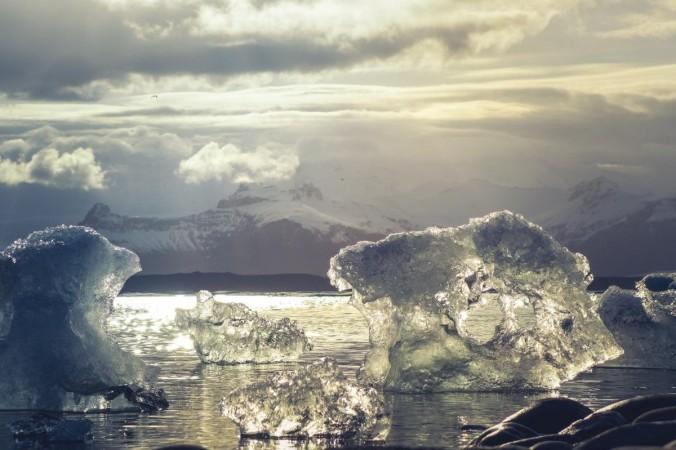The South Pole and the remainder of East Antarctica are freezing now, and they were significantly colder during the most recent ice age about 20,000 years ago – but not as frigid as initially assumed.
Two publications co-authored by University of Washington glaciologists examined Antarctic ice cores to better understand the continent's air temperatures during the most recent glacial epoch. The findings contribute to a better understanding of how the region acts during a big climate transition.

In one publication, an international team of researchers (from the United States, Japan, the United Kingdom, France, Switzerland, Denmark, Italy, South Korea, and Russia), including three from the University of Washington, examined seven ice cores from West and East Antarctica. The findings, suggest milder ice age temperatures in the continent's east.
Antarctica, which is currently the coldest spot on Earth, was significantly colder during the last ice age. For decades, prominent scientists claimed that ice age temperatures in Antarctica were up to 9 degrees Celsius lower than in the present era. In comparison, global temperatures during the period averaged 5 to 6 degrees lower than they do today.
Previous research found West Antarctica to be as frigid as 11 degrees Celsius below current temperatures. According to a new research published in Science, temperatures in some regions in East Antarctica were just 4 to 5 degrees cooler, which is approximately half of prior estimates.

Second research findings
Another article, lead by the UW and published in the Journal of Geophysical Research: Atmospheres, focuses on data from the recently completed South Pole ice core, which was completed in 2016. These findings are also included in the Science report.
That study, which focused on the South Pole ice core, discovered that ice age temperatures at the southern pole, near the Antarctic continental divide, were approximately 6.7 degrees Celsius colder than today. The Science research discovers that ice age temperatures in East Antarctica were on average 6.1 degrees Celsius lower than today, demonstrating that the South Pole is emblematic of the region.
Previous research used water molecules embedded in ice layers, which behave as a thermometer, to reconstruct historical temperatures. However, this strategy requires independent validation against other methodologies.
The new studies use two strategies to provide the requisite calibration. The first approach, borehole thermometry, measures temperature variations through the thickness of the ice sheet by taking temperatures at various depths inside the hole left by the ice drill.
The second method evaluates the snowpack's qualities as it grows and slowly becomes ice. Snowpack can be 50 to 120 meters (165 to 400 meters) in East Antarctica, incorporating snow from thousands of years, which is compacting step-by-step in an extremely temperature-sensitive process.














